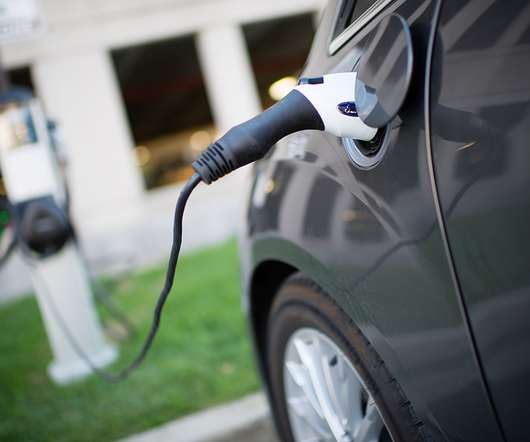6 DOE-funded applied battery research projects targeting Li-ion cells with >200 Wh/kg for PHEVs and EVs
Green Car Congress
JUNE 19, 2014
The objective of the projects is to develop cells that provide more than 200 Wh/kg energy density, along with long cycle life and excellent abuse tolerance to enable 40-mile-range plug-in hybrid (PHEV) and electric vehicles (EVs). CAM-7 has been evaluated in high energy and high power cell designs both at TIAX and by other companies.














Let's personalize your content